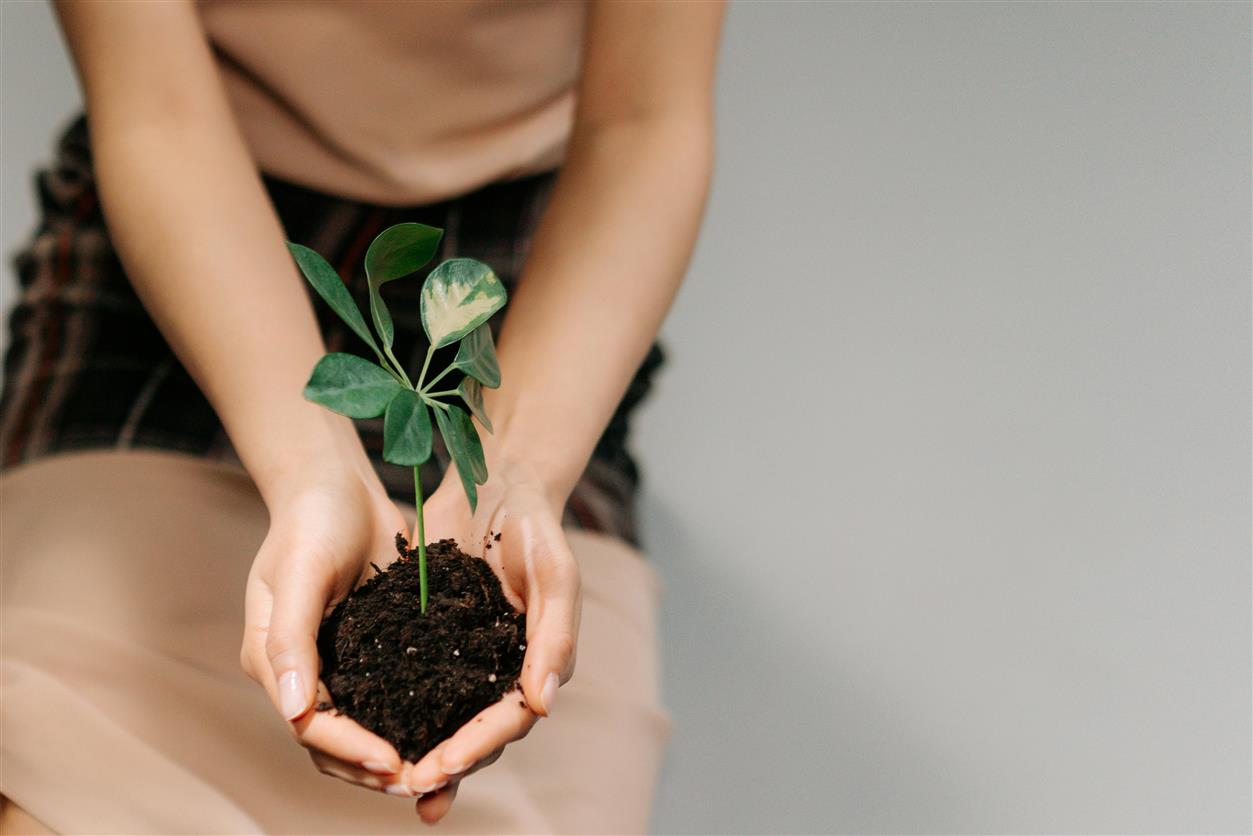
For decades, “going green” has been defined by a familiar checklist: recycling cans, switching off lights, using cloth bags at the grocery store. These acts, while commendable, have long represented the mainstream version of environmental responsibility—comfortable, manageable, and often symbolic. But as the climate crisis accelerates and ecological thresholds continue to be tested, many are asking whether these incremental habits are enough.
A new way of thinking is emerging: regeneration. Unlike traditional sustainability, which aims to maintain the status quo with minimal harm, regenerative living asks us to go further—to actively heal and restore the systems we’ve disrupted. It’s a shift from minimizing damage to creating conditions where both people and the planet can thrive.

The Shortcomings of the “Reduce, Reuse, Recycle” Mindset
Recycling, once hailed as a silver bullet, now carries its own limitations. Much of what we sort into blue bins ends up in landfills or is shipped overseas, where it may be burned or improperly handled. Plastic, in particular, is notoriously difficult to repurpose, with only a small fraction being successfully reused. The rest accumulates in oceans, soil, and even in our own bodies.
Moreover, this framework places the responsibility largely on individuals, while overlooking the broader systems of extraction, manufacturing, and consumption that drive ecological degradation. Eco-conscious living can’t be confined to personal choice alone—it has to extend into the design of communities, businesses, and policy.
Regeneration: A Deeper, Holistic Approach
Regeneration takes a wider view. At its core, it’s about working with nature, not against it. This means designing homes that support local biodiversity, sourcing food from agriculture that replenishes soil rather than depletes it, and participating in economies that emphasize reciprocity over exploitation.
One of the clearest examples of regenerative principles in action is regenerative agriculture. Unlike conventional farming, which relies heavily on synthetic inputs and often results in erosion and nutrient loss, regenerative farming focuses on soil health, crop diversity, and carbon sequestration. By using cover crops, composting, and rotational grazing, these methods help rebuild topsoil and increase resilience to drought and disease.
This kind of thinking is starting to influence everything from urban planning to personal consumption.
Regenerative Cities and Communities
In cities, regenerative practices might involve green roofs, permeable pavements, and local food systems. It includes transforming vacant lots into community gardens, designing buildings that mimic natural ecosystems, or implementing public transit systems that reduce dependency on cars.
The shift also requires a cultural reorientation—from seeing nature as a backdrop to viewing ourselves as part of an interconnected web. Indigenous traditions have long held this view, recognizing the value of reciprocity and respect for the Earth. Many regenerative frameworks today are influenced by these ancestral knowledges, which center relationship over domination.
Some urban developers are now integrating these principles into eco-villages and cohousing models. These places are not just energy-efficient but are built around collective stewardship—where residents share resources, grow food, manage waste locally, and participate in the upkeep of natural spaces.

What Regeneration Looks Like at Home
On an individual level, regeneration doesn’t require living off-grid or growing all your own food. It might look like composting kitchen scraps and using them to nourish backyard soil. It could mean choosing clothes made from natural fibers that biodegrade rather than synthetics that shed microplastics. It involves reducing energy consumption, yes—but also supporting policies and businesses that prioritize long-term ecological health over quarterly profits.
One powerful avenue is how we eat. Industrial food systems are among the largest contributors to greenhouse gas emissions and deforestation. Opting for locally grown, seasonal produce not only supports regional farmers but often requires fewer resources to get from field to plate. Even small dietary shifts—like reducing meat consumption or choosing pasture-raised sources—can support regenerative farming models.
It’s also about reuse, not in the trendy, aesthetic sense, but in the context of resource cycles. Repairing goods, participating in tool libraries, or engaging in community swaps challenges the throwaway economy that treats objects—and people—as disposable.
The Role of Business and Policy
True regeneration cannot be achieved through lifestyle changes alone. Institutional systems need to reflect the same commitment. Some companies are beginning to adopt circular design principles, where waste is treated as a resource and products are designed with longevity in mind.
Others are investing in reforestation projects or restoring wetlands as part of their environmental strategies. But the real challenge lies in shifting away from extractive models altogether—where profit is no longer prioritized over health, equity, and ecology.
Policy, too, plays a critical role. Incentives for regenerative agriculture, tax benefits for zero-waste manufacturing, stricter regulations on pollutants, and investments in green infrastructure are all part of the systemic changes needed. Governments have the power to scale what individual choices cannot.
A Mindset of Care, Not Sacrifice
Regeneration isn’t about guilt or austerity. It’s about participating in cycles of renewal. When people plant trees, restore wetlands, or support mutual aid networks, they’re not just mitigating harm—they’re creating the conditions for life to flourish.
This mindset is especially vital as we confront overlapping global crises: climate change, economic instability, and public health threats. Regenerative living isn’t just ecological; it’s deeply social. It encourages collaboration, resilience, and a sense of belonging.
As more people grow disillusioned with the consumer treadmill, regeneration offers a hopeful, grounded alternative. It doesn’t promise a return to some untouched Eden—but it does suggest that a better, more connected future is still possible.

Conclusion
Recycling isn’t obsolete, but it’s no longer enough. To face the challenges ahead, eco-conscious living must move beyond the margins of daily habit and into a broader ethic of care and restoration. Regeneration invites us to reimagine our relationship with the Earth—not as owners or managers, but as participants in its ongoing story. That story, if we choose to write it well, could be one of healing, renewal, and deeper alignment with the living world.
4o



